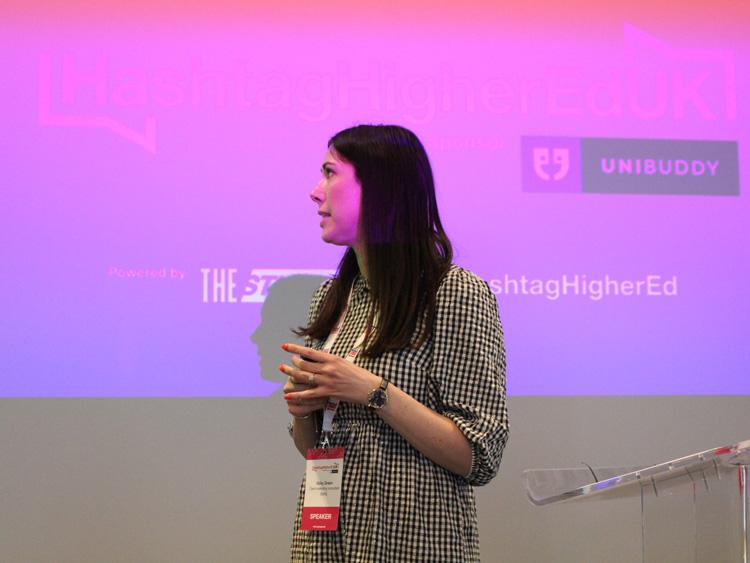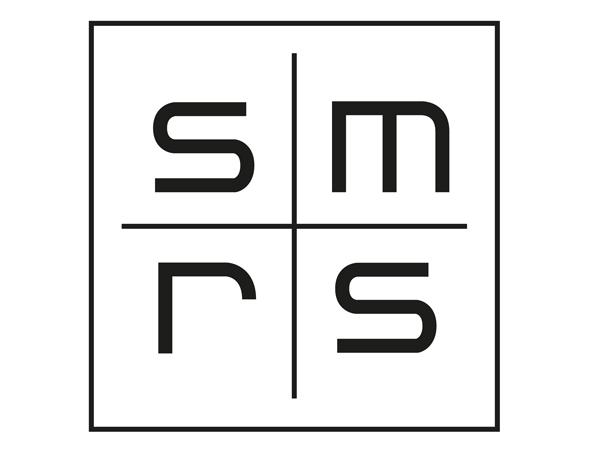
How higher education institutions can ensure their course portfolio is market-ready

One of the earlier lessons that any marketer receives is the importance of getting their product offering right. In the higher education space, this means ensuring that course portfolios are designed to meet demand. It doesn’t matter what institutions do to promote their product if there is little demand for it.
During a session at Times Higher Education’s HashtagHigherEd UK event, held in partnership with SMRS, Vicky Green, client marketing consultant at SMRS, and Ed Layt, the company’s head of consultancy, explored how institutions can review and transform their course portfolios to ensure they are optimised for today’s students.
“We’ve seen the portfolio landscape shift significantly in the last 18 months to two years,” Layt explained. “But portfolios remain as important as ever. In fact, 83 per cent of students choose their degree subject before they think about where they will study it.”
When assessing average enrolment across different institutions, it becomes clear that the statistical concept of total unduplicated reach is extremely important. This refers to the smallest set of products, in this case courses, that appeals to the largest number of prospects in the market. When applied to higher education portfolios, adhering to the concept of total unduplicated reach gives institutions a clearer brand, reduces administrative complexity, and streamlines marketing.
“A 2012 i-MAP report continues to shed light on course portfolios in the sector,” Green said. “The sector spends £200 million per year on new course development despite the fact that 90 per cent of new courses fail. At the same time, 75 per cent of universities believe their new programmes are successful. There is a clear disconnect here.”
In 2020, 4,157 new course titles were introduced for undergraduate enrolments in the UK, but 3,329 had fewer than 15 enrolments. A staggering £160 million is lost each year across the sector on these new programmes.
Achieving the right balance for an institution’s course portfolio depends heavily on research. “Market trends, an institution’s reputation in the subject area, and course title attractiveness are all important factors that impact the success of a portfolio,” Green said. “Coming up with a demand-focused, integrated portfolio that prioritises academic excellence and is career-relevant should be key.”
Broadly speaking, SMRS has identified five stages to crafting the right course portfolio. These are recruitment performance, competitor assessment, the external environment, industry involvement, and student feedback.
“As well as these five factors, be ready to utilise your data to understand holistically how your portfolio is performing,” Green said. “Once you have access to the right data, you can make an informed decision about the courses that will enable you to grow and those that should be withdrawn.”
Find out more about SMRS.

